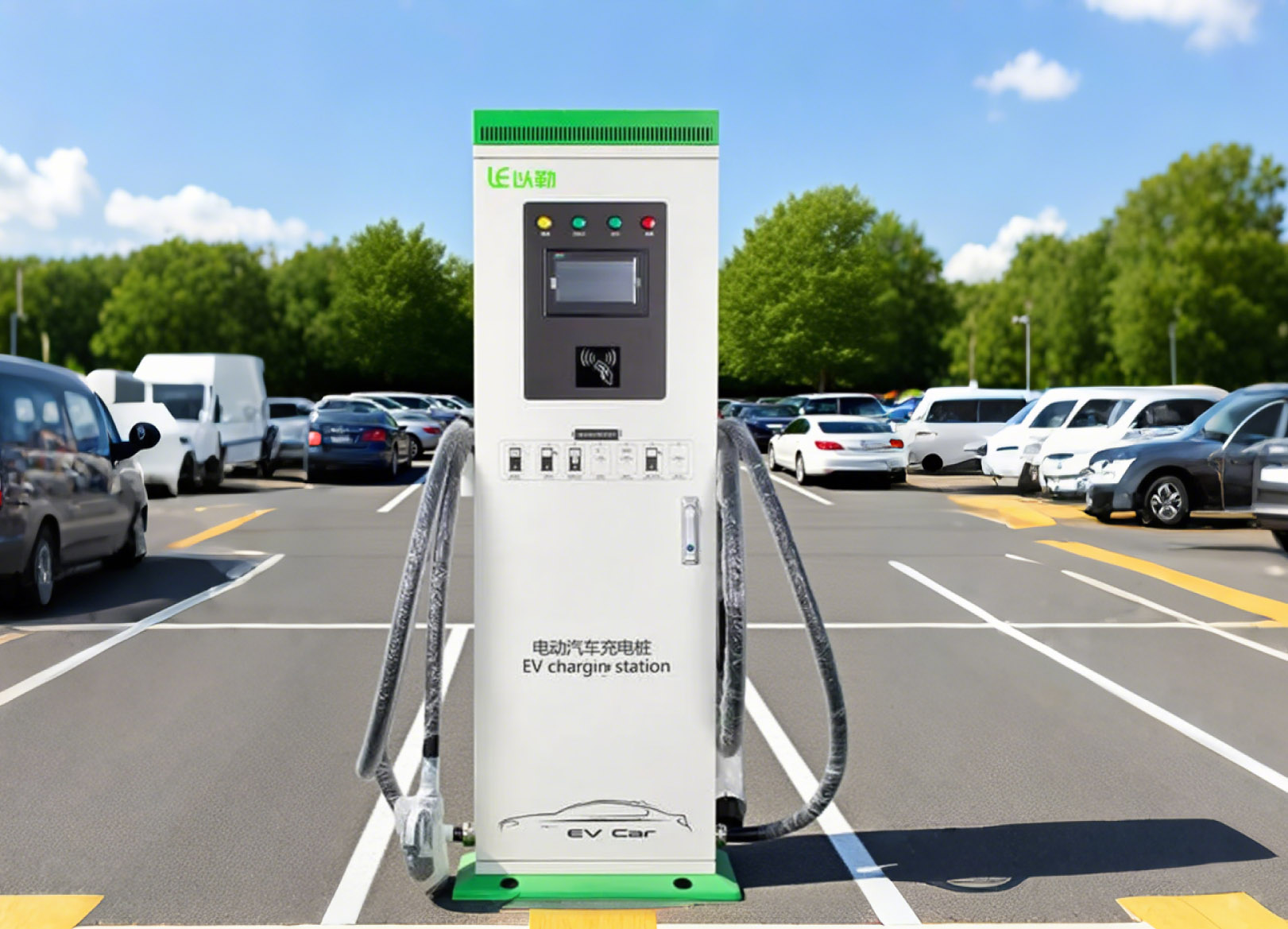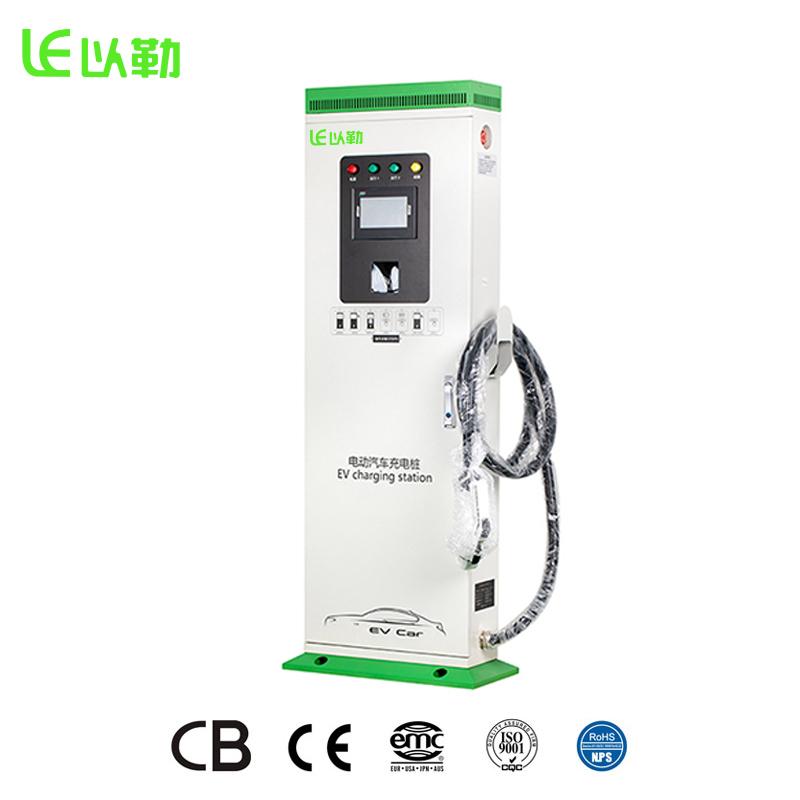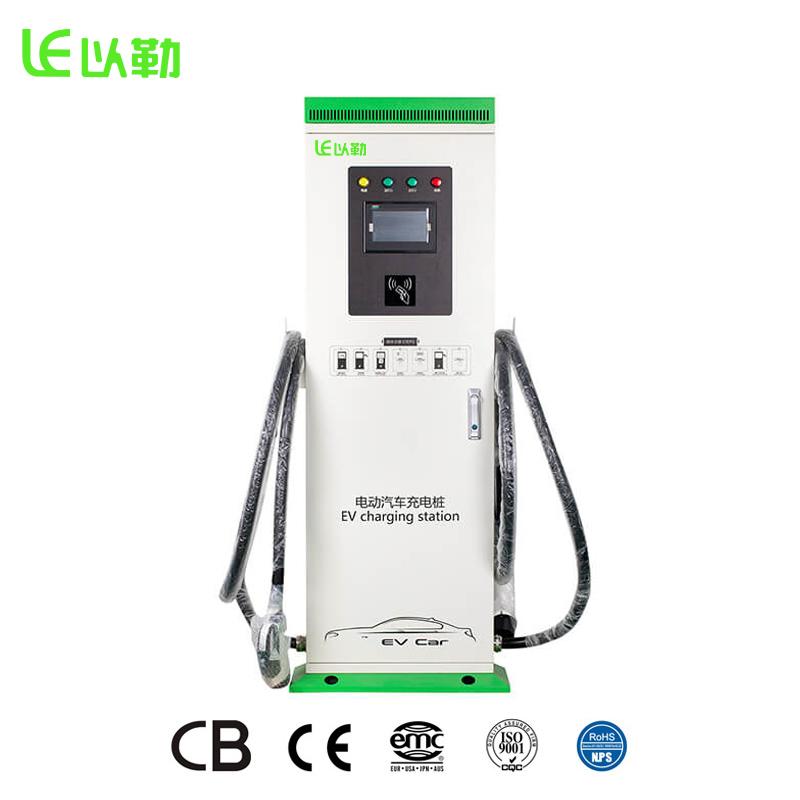
Urban drivers crave speed and convenience. DC EV CHARGING STATION technology answers the call. By 2030, 40% of city EV users will depend on these stations for quick power-ups. Check out the difference:
| Charger Type | Average Session Duration |
|---|---|
| DC Fast (Level 3) | 0.4 hours |
| Level Two | 2.38 hours |
Key Takeaways
- DC fast charging stations save space with slim, vertical designs that fit easily into crowded city areas without blocking parking or sidewalks.
- These stations deliver powerful, quick charges that get drivers back on the road in under an hour, making EVs practical for busy urban lifestyles.
- Flexible payment options and strong safety features make charging easy and secure for all city residents, including those without home chargers.
Urban Challenges for Fast EV Charging

Limited Space and High Population Density
City streets look like a game of Tetris. Every inch counts. Urban planners juggle roads, buildings, and utilities, trying to squeeze in charging stations without blocking traffic or stealing precious parking spots.
- Urban areas have limited physical space due to high population density.
- The dense network of roads, buildings, and utilities complicates integration of EV charging stations.
- Parking availability constraints limit where charging stations can be installed.
- Zoning regulations impose additional restrictions on installation locations.
- There is a need to optimize space utilization without disrupting existing urban functions.
Surging Demand for EV Charging
Electric vehicles have taken cities by storm. Nearly half of Americans plan to buy an EV in the next five years. By 2030, EVs could make up 40% of all passenger car sales. Urban charging stations must keep up with this electric stampede. In 2024, over 188,000 public charging ports dot the U.S., but that’s only a fraction of what cities need. Demand keeps climbing, especially in busy downtowns.
Need for Rapid Charging Speeds
Nobody wants to wait hours for a charge. Fast-charging stations can deliver up to 170 miles of range in just 30 minutes. This speed thrills city drivers and keeps taxis, buses, and delivery vans moving. High-power charging hotspots pop up in city centers, making EVs more practical and attractive for everyone.
Accessibility and User Convenience
Not everyone has a garage or driveway. Many city dwellers live in apartments and rely on public chargers. Some neighborhoods face longer walks to the nearest station. Equitable access remains a challenge, especially for renters and low-income families. User-friendly interfaces, clear instructions, and multiple payment options help make charging less confusing and more inviting for all.
Infrastructure and Safety Constraints
Installing chargers in cities is no walk in the park. Stations must sit close to power sources and parking. They need to meet strict safety codes and federal standards. Certified professionals handle installation to keep everything safe and reliable. Real estate costs, grid upgrades, and maintenance add to the challenge. City leaders must balance safety, cost, and accessibility to build a charging network that works for everyone.
How DC EV Charging Station Technology Solves Urban Issues

Space-Efficient Vertical Installation
City streets never sleep. Parking lots fill up before sunrise. Every square foot matters. DC EV CHARGING STATION designers know this game well. They build chargers and power cabinets with a slim, vertical profile—about 8 feet tall. These stations squeeze into tight corners, next to lamp posts, or even between parked cars.
- The reduced footprint means more chargers fit in less space.
- Brighter, recessed screens stay readable under the blazing sun.
- A single, easy-to-handle cable lets drivers plug in from any angle.
Tip: Vertical installation keeps sidewalks clear and parking lots organized, so nobody trips over cables or loses a parking spot.
High Power Output for Fast Charging
Time is money, especially in the city. DC EV CHARGING STATION units deliver a serious power punch. Leading models crank out between 150 kW and 400 kW. Some even hit 350 kW. That means a medium-sized electric car can charge in about 17 to 52 minutes. Future tech promises 80% battery in just 10 minutes—faster than a coffee break.
Apartment dwellers and busy commuters love this speed. They swing by a station, plug in, and get back on the road before their playlist ends. Fast charging makes electric cars practical for everyone, not just those with garages.
During rush hour, these stations handle the surge. Some even store energy in big batteries when demand is low, then release it when everyone needs a charge. Smart switchgear keeps the power flowing smoothly, so the city grid doesn’t break a sweat.
Flexible Charging Modes and Payment Options
No two drivers are the same. DC EV CHARGING STATION technology offers flexible charging modes for every need.
- Automatic full charge for those who want to “set it and forget it.”
- Fixed power, fixed amount, or fixed time for drivers on a schedule.
- Multiple connector types (CCS, CHAdeMO, Tesla, and more) fit almost any electric vehicle.
Payment is a breeze.
- Contactless cards, QR codes, and “Plug and Charge” make transactions quick.
- Accessible connectors help people with limited hand strength.
- User interfaces follow accessibility standards, so everyone can charge with confidence.
Note: Easy payment and flexible charging mean less waiting, less confusion, and more happy drivers.
Advanced Safety and Reliability Features
Safety comes first in the city. DC EV CHARGING STATION units pack a toolbox of safety features. Check out this table:
| Safety Feature | Description |
|---|---|
| Safety Standards Compliance | UL 2202, CSA 22.2, NEC 625 certified |
| Surge Protection | Type 2/Class II, UL 1449 |
| Ground-Fault & Plug-Out | SAE J2931 compliant |
| Enclosure Durability | IK10 impact rating, NEMA 3R/IP54, wind-rated to 200 mph |
| Operating Temperature Range | -22 °F to +122 °F |
| Environmental Resistance | Handles dust, humidity, and even salty air |
| Noise Level | Whisper quiet—less than 65 dB |
These stations keep running in rain, snow, or heat waves. Modular parts make repairs quick. Smart sensors watch for trouble and shut things down if needed. Drivers and city crews both sleep better at night.
Seamless Integration with Urban Infrastructure
Cities run on teamwork. DC EV CHARGING STATION technology fits right in with parking lots, bus depots, and shopping centers. Here’s how cities make it work:
- City planners check what drivers need and pick the right spots.
- They choose locations close to power lines and internet connections.
- Utilities help upgrade the grid if needed.
- Crews handle permits, construction, and safety checks.
- Operators train staff and list stations on public maps.
- Regular inspections and software updates keep everything humming.
- Cities design for everyone, making sure low-income neighborhoods get access too.
Smart grid tech takes things up a notch. Battery storage systems soak up cheap power at night and feed it back during the day. AI-powered energy management balances loads and keeps costs down. Some stations even let cars send power back to the grid, turning every EV into a tiny power plant.
Callout: Seamless integration means less hassle for drivers, more uptime for stations, and a cleaner, greener city for everyone.
Urban life moves fast, and so do electric cars.
- DC EV CHARGING STATION networks help cities meet rising demand, especially in busy neighborhoods and for people without home chargers.
- Smart charging, quick top-ups, and clean energy make city air fresher and streets quieter.
Cities that invest in fast charging build a cleaner, brighter future for everyone.
FAQ
How fast can a DC EV Charging Station charge an electric car?
A DC EV Charging Station can power up most EVs in 20 to 40 minutes. Drivers can grab a snack and return to a nearly full battery.
Can drivers use different payment methods at these stations?
Yes! Drivers can pay with a credit card, scan a QR code, or enter a password. Charging feels as easy as buying a soda.
Are DC EV Charging Stations safe to use in bad weather?
Absolutely! These stations laugh at rain, snow, and heat. Engineers built them tough, so drivers stay safe and dry while charging.
Post time: Jul-31-2025


